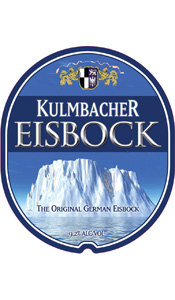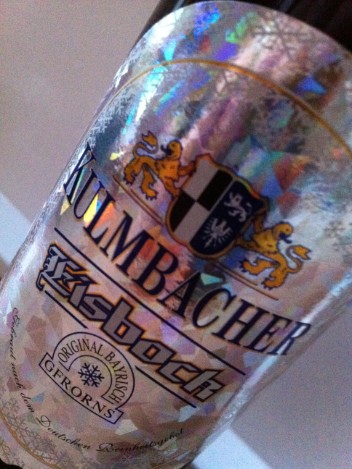G'FRONS! - A WINTER SOLACE..
A beer the result of a timely error....
Although unpalatable to some, there are often intriguing similarities between the world of wine and beer.
'Icewein' is a case in point. These rare and expensive wines are made by leaving the grapes on the vines into the Winter months to freeze the water within, and concentrate the sugars.
It is a tricky balancing act as Botrytis (the friendly fungus) is not so desirable here, but the extra time on the vine increases its chances.
This tradition is believed to date back as far as the Roman's, but quite in what form remains slightly controversial. What is known is that by 1794 'Eiswein' is referred to once again in Franconia, Germany (although not for human consumption) and for the first time at Schloss Johannisberg in 1858. It is widely regarded as a prized speciality of German origin.
Intriguingly, the world of brewing also has an equivalent product which goes by the name of 'Eisbock' and although the production process in producing the alcohol content within the respective products are markedly different, the importance of freezing the product during production is a hallmark of the 'Eisbock' style.
Although its creation is more recent than Eiswein, it seems that it to can be subject to a certain amount of historical controversy.
More clear cut however in this instance is the originator of the style, the Kulmbacher Brewery in Bavaria.
The brewery relates that the beer came about around 1900 in the form of a young employee who accidentally left two barrels of bock beer outside the brewery over the Winter months until the following Spring. During the Winter the barrels froze, and although admonished by the Brewmaster for the misdemeanour, on tasting, rather than being spoiled, inadvertently created a new style!


Various twists on the fable exist, and some seem to include an extraordinary amount of additional (and possibly spurious) detail. One site contradicts the breweries version of events regarding the time it took to freeze the beer, and rather than several months, claims it happened overnight - possible, but perhaps truly miraculous!
Since 'lagering' requires time for the flavours to meld, with a slow secondary fermentation and conditioning, it seems hard to imagine the beer as being particularly flavoursome. In this instance the Brewmaster may well have been less enthusiastic with the results!
Today Kulmbacher's production is less open to such vagaries, and the lager is produced with a conventional fermentation and the brew frozen for between 11 to 14 days. Once the beer is racked off up to 7% of the volume remains in the tank as ice.
Although today there are many imitators of the beer ( and confusion often arises with the term 'Ice Beer' used in the US to describe their more insipid unrelated chilled lagers) Kulmbacher can rightly claim to be the home of the style.
For that young brewery worker who mistakenly left those barrels to their fate - he has been more than vindicated - and the brewing world salutes him for his kindly error!
------------------------------------------------------------------------------------------------------------------------
TO RETURN TO ARCHIVE CLICK ON ARROW TOP OF PAGE